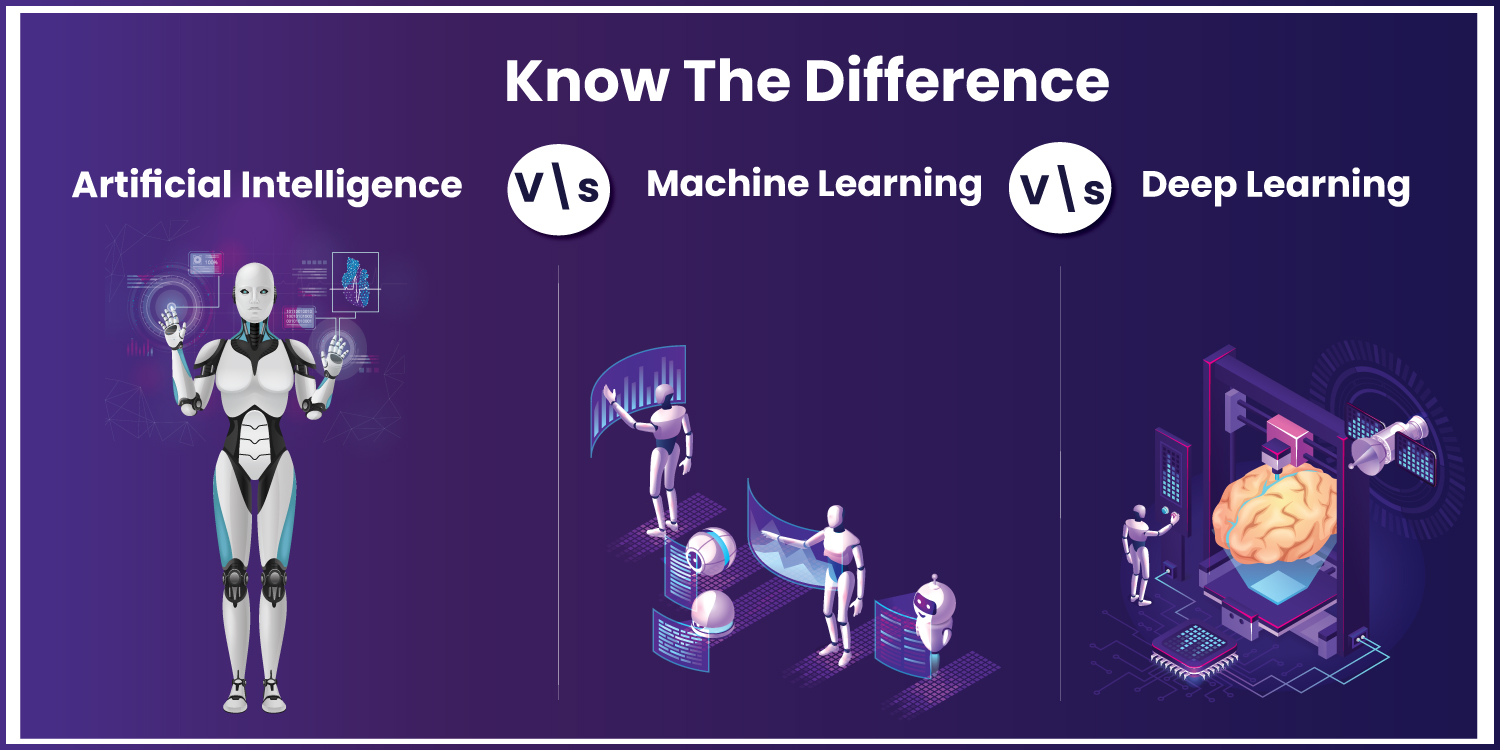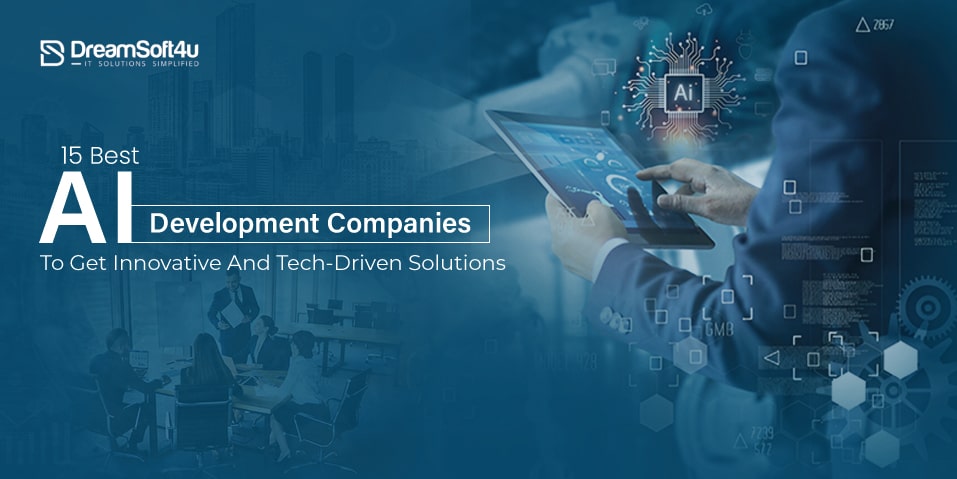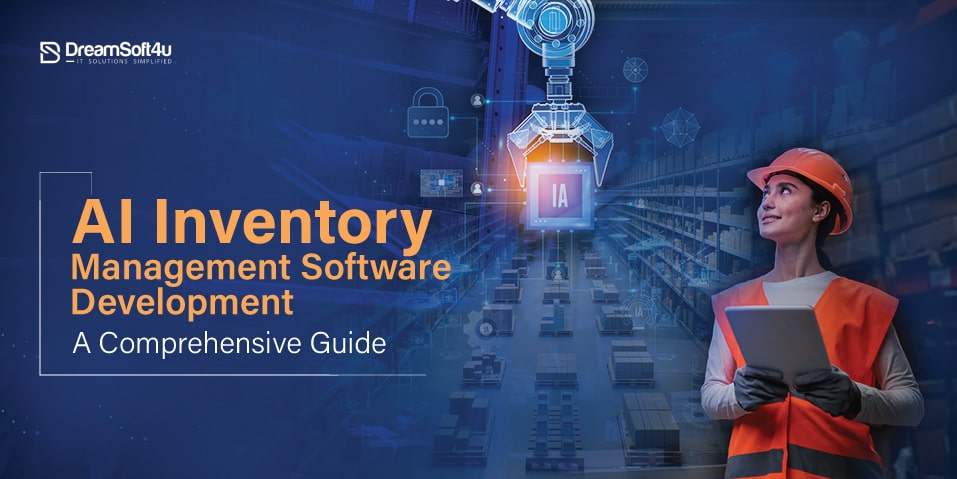AI vs Machine Learning and Deep Learning These terms have already confused a lot of people. If you are one of them, then this blog is for you. Here in this blog, you will get to know about the terminologies of AI vs Machine Learning and Deep learning with examples. Also, you will find out how these terms differentiate from each other (Artificial Intelligence vs. Machine Learning vs. Deep Learning) and are impacting human lives in the long run. So let’s start with an introduction.
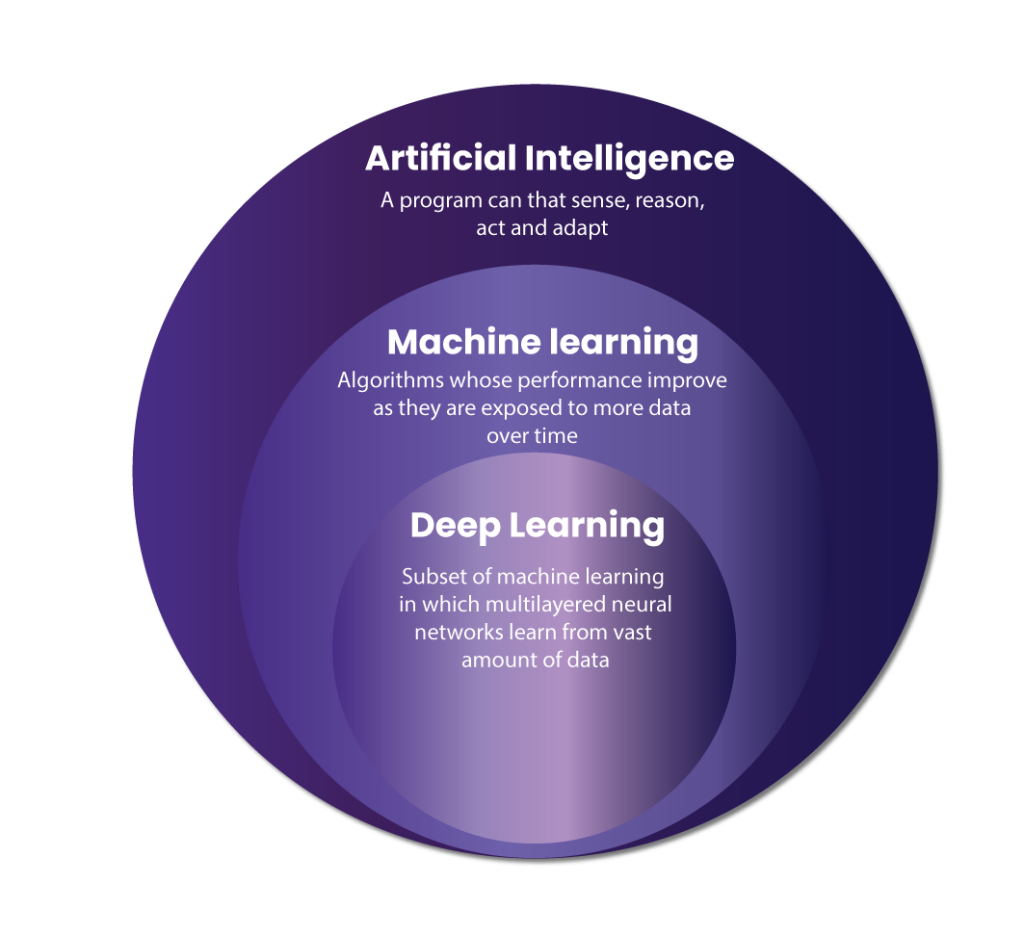
Table of Contents
ToggleWhat is Artificial Intelligence (AI)?
Artificial Intelligence (AI) is a technology used to develop software programs competent to mimic the behavior of the human brain and carry out similar actions. The factors that define a program as AI is a rational human-like process of making decisions and carrying out actions. Smart programs and equipment that can resolve issues in a human-like manner are the subject matter of this field.
In this technology-driven world, AI methods are used for the prediction, automatization, and optimizations of actions earlier that were traditionally performed manually.
The most common use of AI can be seen in face and voice recognition, speech recognition systems, translation of foreign languages and machine vision, driverless vehicles, industrial manufacturing robots, chatbots, and virtual agents.
In addition to this, AI is majorly being used by famous brands to push personalized recommendations based on users’ searches and tastes. YouTube is one of them. At the same time, an AI-enabled inbox filters out spam messages you receive through the artificial intellect. If a car navigation system is considered, the advice you get regarding what road to take is the result of AI work.
With all these examples of AI, you can simply understand how we are associated with AI in our daily lives and completely rely on it.
What is Machine Learning?
Machine learning is a form of Artificial Intelligence that focuses on automatic learning and self-improvement of the system based on its past experiences, more like a human. If we talk about AI vs Machine Learning, Artificial Intelligence is an umbrella term covering all the techniques that intimidate a human brain in terms of decision-making and carrying out actions. While ML majorly focuses on training the systems to comprehend unfamiliar concepts and functions and improve accordingly.
There are three instruments of ML, which are as follows-
- Supervised learning: As the name suggests, machines are supervised by engineers to learn and get trained on labeled data to forecast potential outcomes.
- Unsupervised learning: In this instrument of ML, there is no need for labeled data to train the machine. On the contrary, it works to find if there is a concealed relation or pattern. This instrument is typically used by scientists when they are not aware of the specific objects of a query.
- Reinforcement learning: This instrument of ML is used by scientists when algorithms are aimed to decide autonomously which action to prefer. This instrument helps the model learn the most effective way to react by performing several interactions with the process. This instrument can be understood as the trial-and-error approach in a more simplified form.
Followings are the most preferred method in ML.
- Analogy detection: This method detects the deviation from the norm to find fraudulent transactions that do not comply with the established rules, laws, and instructions.
- Classification: This method is responsible for identifying objects related to a specific class. With the help of this technique, spam messages are filtered out from your incoming messages.
- Clustering: It helps in discovering groups in provided datasets. The best example of clustering is the segmentation of the audience in the marketing domain and internet traffic classification.
- Regression: This technique helps in foreseeing continuous values. For example, using the regression method, one can predict housing prices based on property sizes and location.
Thanks to ML, a machine can provide a comprehensive analysis of datasets, and software engineers make it do so by applying specific learning algorithms. Today, almost every sphere of human life is influenced by the use of ML. From identifying IT breaches to making weather forecasts and improving the work of social media and financial organizations.
ML is transforming the way of doing business. With ML, a company can analyze unstructured data and make risk-free business decisions. Also, they can find better business opportunities based on the precise and rapid outcome of data analysis.
Read Also: How Generative AI Helps in Healthcare?
What is Deep Learning?
Deep learning is a subset of machine learning that is mainly focused on implementing neural networks. Neural networks perform like a human brain and are competent to study provided information. They may consist of one layer to determine forecast in terms of functioning. At the same time, the availability of extra layers supports improving overall accuracy and refining the system’s functioning.
Thanks to deep learning, many applications have improved in terms of performance and become highly capable of calculating analytics and performing physical activities on their own.
Deep learning allows computers to learn in the same way as children. Like they repeat words and movements of adults to learn.
A driverless car, smartphones, gadgets, and IoT smart home equipment are the best examples of deep learning.
The deep learning models can differentiate objects based on imagery, texts, or sounds they receive. Concerning these factors, they can make decisions in the best possible way. Owing to such capabilities, systems based on deep learning can easily outperform humans in terms of speed and accuracy.
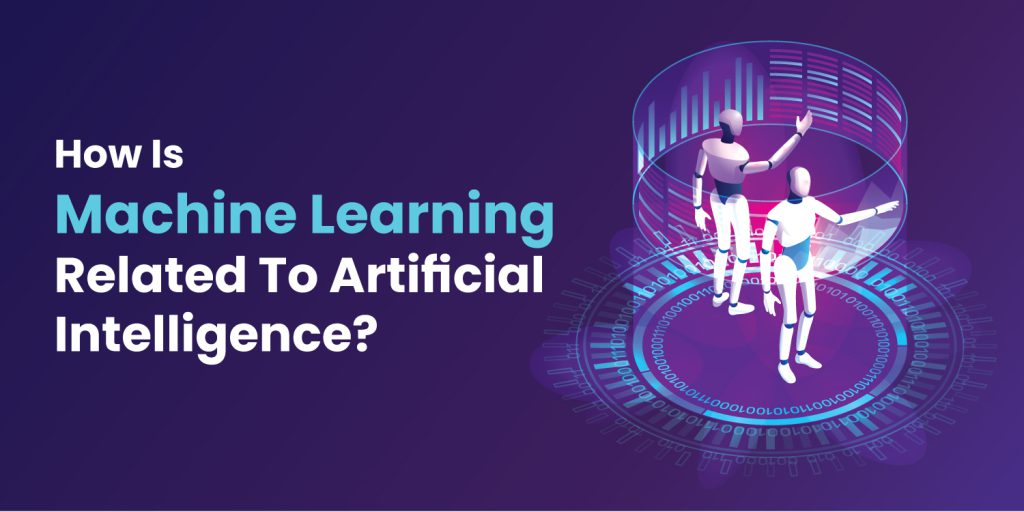
How is Machine Learning Related to Artificial Intelligence?
We are aware that AI vs Machine Learning and Deep Learning are co-related because machine learning and deep are the subsets of AI. AI is an intimation of human intellectual abilities or synthetical human-like shrewdness that uses several methods and approaches to form an intelligent, self-learning system.
On the other hand, ML is the most significant part of AI that uses instruments to make computer systems learn without any developers’ intervention. And it becomes possible due to algorithms ML uses to learn from received data. One can develop ML methods based on how humans learn by simply repeating the same actions as a teacher. Also, don’t forget the ability of ML in terms of avid reading and remembering almost every rule along with the exceptions of the rules to make the right decisions in the future.
That’s how computers learn and self-improve, feeding on specific algorithms to perform human-like actions and make thoughtful decisions.
If we talk deep learning, is a part of ML and imitates the ways computer systems study, repeat, and portray human-like behavior. In contrast, the availability of many neural network layers makes it possible for deep learning software to study and resolve the most complex challenges.
The deep learning part of the AI enables programs to control robocars effectively by noticing pedestrians, signs, and other cars on the road, even in poor visibility or weather. Similarly, deep learning programs can recognize a specific animal based on the provided image by considering factors like the characteristics of this particular animal, the forms of the paws, the shape of the body, the color of the fur, and the average size of the species.
Examples, of where we can witness the use of artificial intelligence in our daily lives, are healthcare, online banking, security, self-driving cars, smart assistants, chatbots, manufacturing, media recommendations, spam filters, and others.
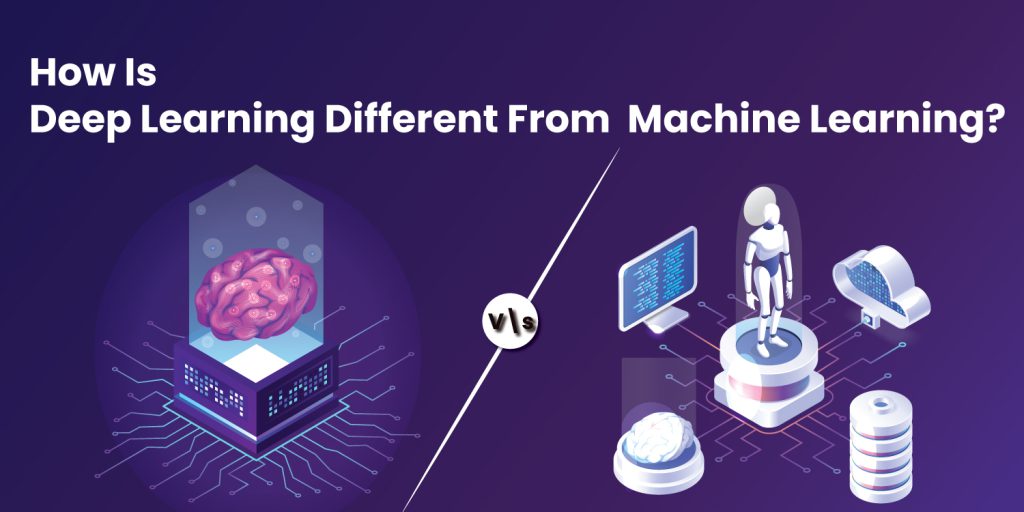
How is Deep Learning Different from Machine Learning? (Deep Learning vs. Machine Learning)
Before pointing out the difference between deep learning and machine learning (deep learning vs. machine learning), let me remind you that deep learning is a category of machine learning. Therefore, it is impossible to differentiate both entities. Still, deep learning can be understood as the more advanced form of machine learning with great speed and accuracy to solve complex problems.
Still, we will point out the differences between deep learning and machine learning.
Get a Best Artificial Intelligence And Machine Learning Software Development Company!
We Can Assist you to Learn more about Artificial Intelligence Vs. Machine Learning!
In machine learning, programs have the power to think and act without any human interference. While deep learning techniques majorly focus on teaching programs to think with the help of structure that stimulates a biological brain, neural networks
Deep learning performs computations based on multiple layers of neural networks. Also, it is way more powerful than machine learning and can analyze imagery, videos, and unstructured databases, which is painful for machine learning.
Deep learning is more self-sustained and less human-dependent, whereas machine learning involves fewer assets.
Read Also: Benefits and Importance of AI in Healthcare Industry
Difference Between Artificial Intelligence vs. Machine Learning vs. Deep Learning
Here we have compiled a list of the differences between AI, ML, and deep learning demonstrated in the following table.

Conclusion:
Here in this blog, we have learned about AI vs Machine Learning, along with the differences these entities (Artificial Intelligence vs. Deep Learning vs. Machine Learning) share besides being interconnected. Also, we have understood how artificial intelligence related to ML and Deep Learning is changing the way of living for humans by making thoughtful, intelligent decisions. Artificial Intelligence has already impacted several aspects of life like healthcare, manufacturing, routine, and risky jobs positively. And the day is not far when AI will completely take over all the jobs that can be automated and won’t require human interference. This is because artificial intelligence is free from human errors and can’t be tired or overwhelmed with emotions.
However, we can focus on the possible dangers AI has incorporated into almost every sphere of our daily life. From data security issues to a high dependency rate on technology, loss of independence, and the danger of existential risks for human beings. There are still possible predictions, and we don’t know what the future has in store for us.
Read Also: The Best AI Tools
Frequently asked questions:
Q: I have a business idea, will I need AI, machine learning, or deep learning?
We are always ready to help. Let’s discuss your goals. Consider these examples:
- AI: If creating a smart virtual assistant or a system that makes decisions like a human.
- ML: If you want your project to predict user preferences or identify patterns.
- DL: If image or speech recognition, language translation, or analyzing vast data.
Q: What tools do you use for AI/ML projects?
We ideally use TensorFlow, PyTorch, and sci-kit-learn. But we can also use other tools that may be best fit for your project.
Q: How do you handle scalability in AI projects?
We design for scalability and can use cloud services like AWS or Azure for increased computational resources.
Q: What’s the role of data preprocessing, and how do you approach it?
Data preprocessing is key. We clean, normalize, and engineer features to improve your data quality before training models.
Q: Why is model explainability important, and how do you address it?
Model explainability is crucial for understanding AI decisions. We use interpretable models and provide clear explanations.
Q: Can you integrate AI features into existing systems or platforms?
Yes, we can. However, this can only be done after a thorough analysis of your existing application, website, or platform.
Q: How do you handle data privacy and comply with AI regulations in projects?
Data privacy is a top concern. We follow regulations (like GDPR) and implement strong security measures throughout the project.
Q: How do you continuously improve and optimize AI models post-deployment?
We proactively monitor performance, gather user feedback, and make necessary optimizations to keep your AI effective over time.

